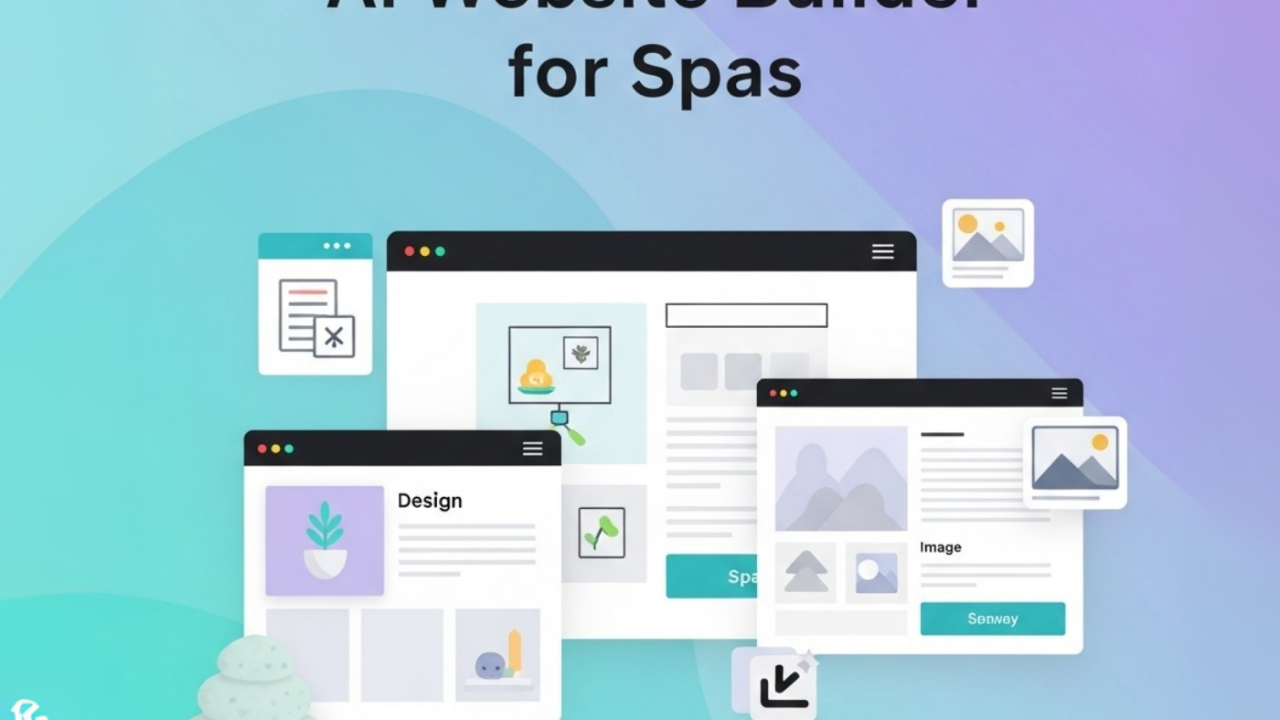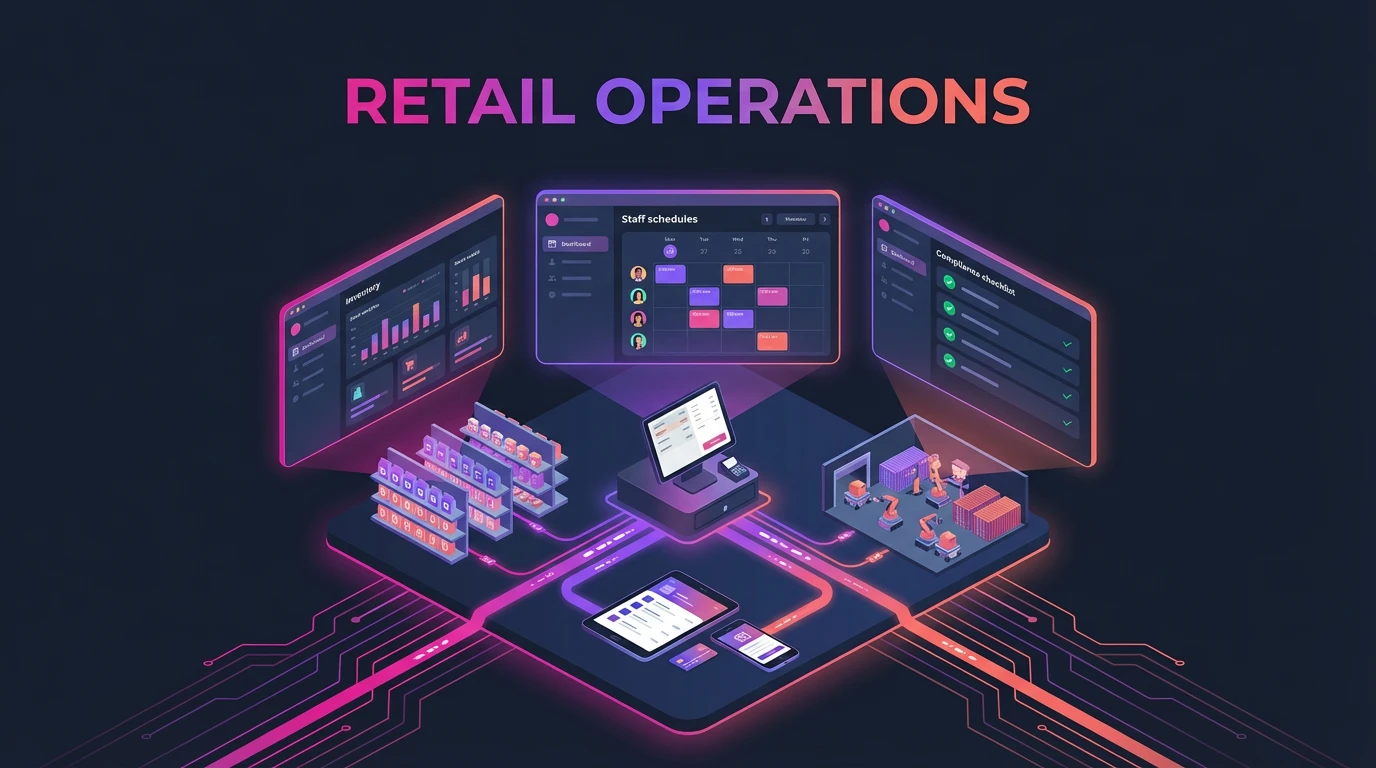An AI website builder for spas offers a practical solution for spa owners looking to create professional and customized websites quickly without technical skills. These tools use artificial intelligence to streamline design, generate content tailored to spa services, and optimize sites for mobile devices and search engines.

AI website builders enable spas to launch fully functional, visually appealing websites efficiently, often providing free usage with easy customization options. This makes them an accessible choice for small businesses seeking to enhance their online presence without the need for coding or hiring web developers.
Launch Your App Today
Ready to launch? Skip the tech stress. Describe, Build, Launch in three simple steps.
BuildBy integrating features like SEO optimization, mobile responsiveness, and customizable templates, AI-powered platforms ensure that spa websites not only look polished but also attract and retain clients effectively. This technology continues to evolve, making it a valuable asset in the competitive wellness industry.
What Is an AI Website Builder for Spas?
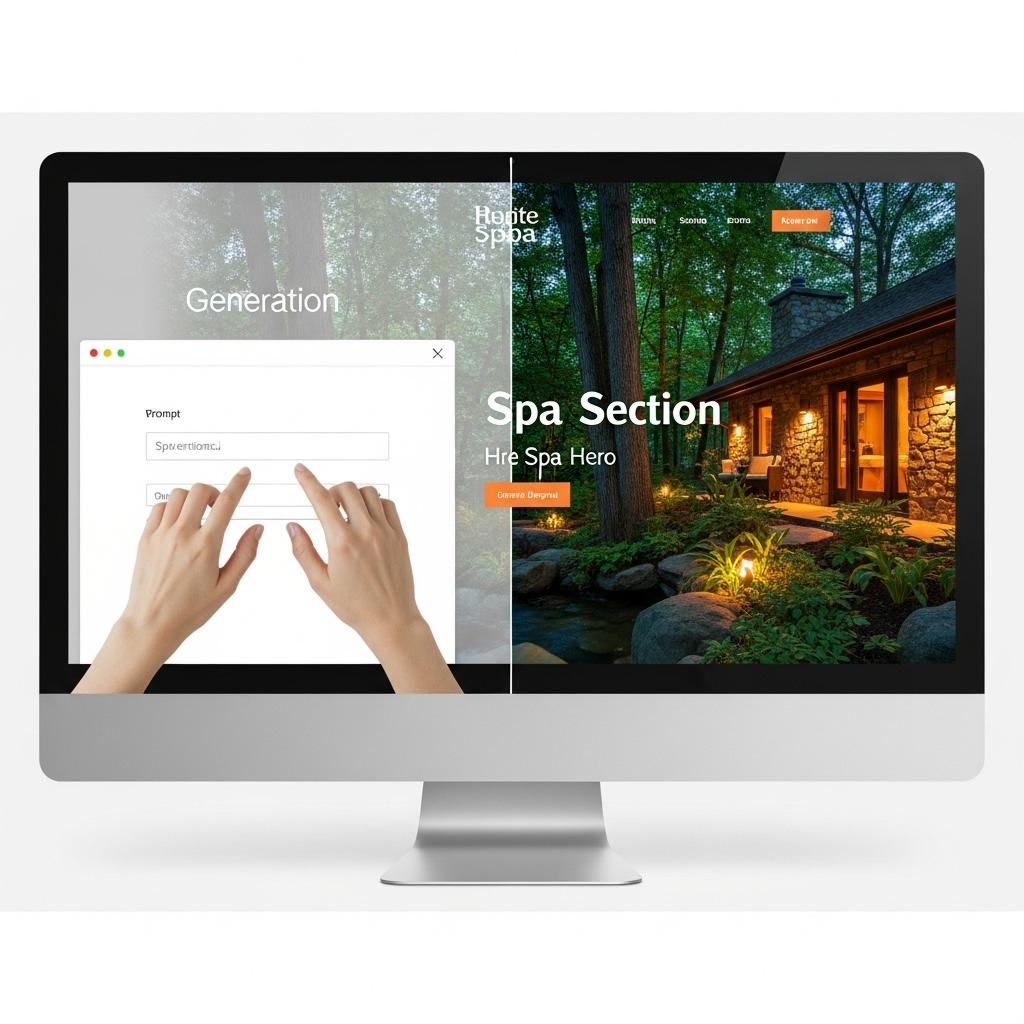
An AI website builder for spas is designed to simplify the process of creating a professional online presence tailored to spa and wellness businesses. It generates customized site blueprints that reflect the unique branding and service offerings of a spa, often without requiring coding skills. These tools combine automation with specialized features to meet the specific needs of spas.
AI-Powered Website Creation Explained
AI website builders use machine learning algorithms to analyze a spa’s business details and generate a structured website blueprint automatically. This blueprint includes layouts, suggested content, and appropriate images customized to the spa’s brand and services.
The system continuously learns to improve design recommendations based on user input. It reduces manual work by filling in text and visuals optimized for user engagement and search visibility. The process enables fast creation of professional-grade quality websites.
Why Spas Need Specialized AI Builders
Spa businesses have unique needs such as scheduling, service menus, and wellness-focused branding. Specialized AI builders integrate features like appointment booking, treatment descriptions, and customer testimonials that generic builders often lack.
They also emphasize aesthetics that reflect relaxation and health, supporting spa-specific marketing goals. Using a tailored AI builder ensures that the resulting website will appeal directly to wellness clients and function smoothly with third-party tools like scheduling software.
Key Features of an AI Website Builder
Key features include an AI-generated blueprint that jumpstarts the design process, reducing the need to start from scratch. Many builders offer zero-code needed interfaces, allowing non-technical users to create and adjust their sites easily.
Other important features are mobile optimization, SEO integration, and customizable templates specific to the spa industry. Additional tools may include integrations for online payments, reviews, and social media to enhance business growth.
| Feature | Benefit |
| AI-generated blueprint | Quick website setup |
| Zero-code interface | Easier for beginners |
| Mobile optimization | Better user experience on phones |
| SEO tools | Improved online visibility |
| Scheduling integration | Streamlined client appointment setup |
No-Code Platforms and Accessibility

No-code platforms empower spa owners with little technical expertise to build functional, visually appealing websites. They provide drag-and-drop editors combined with AI to automate complex tasks like layout creation and content generation.
These platforms enhance accessibility by reducing reliance on web developers. This lowers costs and speeds up time-to-launch for spa websites. Many include tutorials and customer support to help users navigate the site-building process confidently.
Benefits of Using AI Website Builders for Spas
AI website builders offer efficient, affordable solutions tailored to spa businesses. They simplify the website creation process while providing options for personalization and future growth. Their tools ensure quick launches, clear pricing models, and expert support to maintain high-quality online presence.
Faster Development and Deployment
AI website builders enable spas to create websites quickly through features like one-click build and automated design suggestions. This reduces the need for manual coding or hiring external developers, speeding up the launch process from weeks to hours or days.
The platforms use AI-driven templates tailored to spa and wellness businesses, which automatically adjust layouts and content for optimal user experience. This convenience is critical for spas wanting to promote new services or seasonal offers rapidly.
Expert backup services often support these builders, ensuring smooth deployment and quick resolution of technical issues without delaying the launch schedule.
Cost Efficiency Compared to Traditional Methods
Using AI website builders lowers costs significantly compared to traditional web development. Spas avoid expenses associated with hiring web designers, developers, and ongoing maintenance teams.
Many AI platforms feature clear pricing with subscription models that cover hosting, updates, and support, preventing unexpected fees. Google Cloud-powered hosting often ensures fast, secure, and scalable infrastructure at a predictable cost.
By automating content creation and updates, spas save time and money on manual edits, allowing resources to focus on client services and marketing efforts.
Customization and Scalability Options
AI builders provide extensive customization tools, allowing spas to tailor sites to their brand identity. Users can modify themes, colors, and features through intuitive drag-and-drop interfaces and AI-driven prompts specific to spa needs.
Scalable infrastructure supports website growth as the spa expands its offerings or client base. Platforms facilitate easy adding of new pages, booking systems, or e-commerce functions without redesigning the entire site.
This adaptability ensures longevity and relevance, supporting business growth without requiring a complete rebuild, maintaining consistency and user engagement over time.
How to Build a Spa Website with AI Tools
Building a spa website with AI tools involves clearly outlining the brand and services, leveraging AI to create a detailed site blueprint, and automating the design process. These steps streamline development while ensuring the website aligns with the spa’s identity and customer needs.
Describing Your Spa’s Brand and Services
The process begins by defining the spa’s core identity and offerings. This includes specifying the types of treatments offered, target audience, and unique brand elements such as ambiance, values, and price range.
Clear input here helps the AI generate content and visuals that resonate with the spa’s market. Details like preferred color schemes, tone of voice for copy, and standout features improve site relevance. The goal is to describe the idea behind the spa as precisely as possible, which serves as the foundation for AI customization.
AI-Driven Blueprint and Planning
After feeding initial information, the AI creates a site structure or blueprint. This outlines key pages such as Home, Services, About, Booking, and Contact.
The blueprint uses design thinking principles to prioritize user experience and ease of navigation. AI recommends features like appointment scheduling, service descriptions, and customer testimonials. It also plans SEO elements tailored to local or niche spa searches, enhancing online visibility without extra effort.
Automated Design Implementation
Once the blueprint is approved, AI tools automatically generate layouts, choose fonts, colors, and images based on the spa’s described brand. The design adjusts responsively for mobile and desktop to ensure accessibility.
Customization options allow users to tweak designs further by adding personal photos or adjusting styles. This reduces the need for coding skills while delivering a professional website. AI tools handle repetitive tasks, freeing time for spa owners to focus on business growth.
Comparing Popular AI Website Builders for Spas
The choice of an AI website builder for spas depends on features, pricing, and support quality. Builders differ in customization options, user experience, and additional tools that suit spa businesses. Pricing transparency and expert customer support also influence decision-making.
Imagine.bo Overview
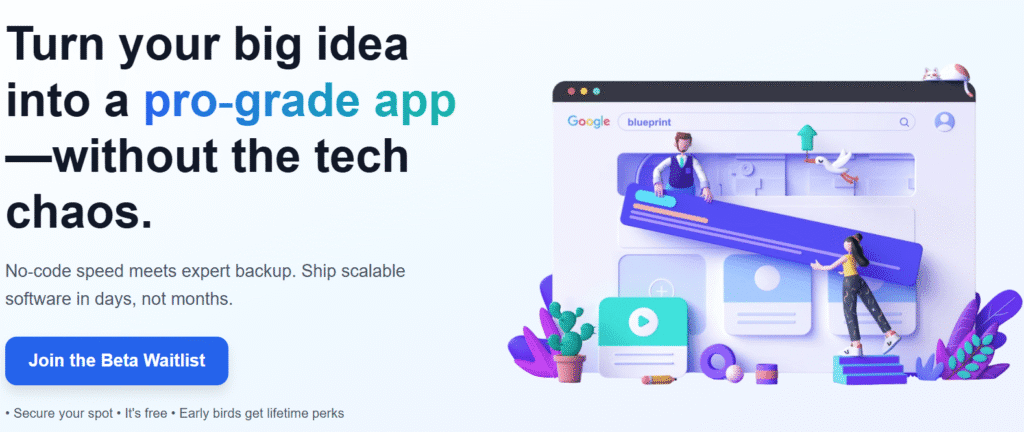
Imagine.bo is specifically designed for spa and wellness businesses. It focuses on creating clean, professional websites with minimal input while maintaining brand consistency.
The platform uses AI for layout suggestions, content generation, and image optimization tailored to spa themes. This builder offers instant customization options aimed at enhancing user experience without requiring technical skills.
Mobile optimization is a core feature, ensuring websites look polished on any device. It also provides SEO tools designed to increase local search visibility for spa businesses.
Feature Comparison
Imagine.bo stands out with spa-specific templates and AI-driven personalization. It includes built-in appointment booking, testimonials display, and integrated SEO optimization.
Competing builders offer similar functionalities but often cater to broader markets without niche spa tools. Features like drag-and-drop editors, AI content creation, and mobile-responsive designs are common.
A table highlighting key features:
| Feature | Imagine.bo | General AI Builders |
| Spa-specific Templates | Yes | No |
| AI Content Creation | Tailored for spa industry | Broad, generic content |
| Appointment Booking | Integrated | Usually requires add-ons |
| SEO Tools | Built-in local SEO tools | Basic SEO support |
| Mobile Optimization | Automatic and polished | Standard mobile responsiveness |
Pricing and Support Differences
Imagine.bo offers clear pricing tiers that align with small to medium spa business budgets. Subscription plans typically include features like a free domain, SSL security, and regular updates.
Its expert support team is accessible via live chat and email, providing specialized assistance for spa website setup and technical issues. This support ensures smooth onboarding and ongoing management.
Other AI builders may offer lower initial costs but often charge extra for critical features or premium support, which could increase overall expenses. Users should evaluate support availability and response times when comparing platforms.
Design Considerations for Spa Websites Using AI Builders
An effective spa website must prioritize smooth navigation, professional presentation, and consistent branding. The design should facilitate easy booking, work seamlessly on all devices, and visually reflect the spa’s identity. These factors contribute to a polished and trustworthy online presence.
User Experience and Booking Systems
The user flow on a spa website needs to be intuitive and straightforward. AI builders enable quick creation of streamlined booking systems, eliminating unnecessary steps. This ensures clients can schedule appointments with minimal effort.
Key features include real-time availability, secure payment options, and automated confirmations. Customizable booking pages allow the site to match the spa’s branding while maintaining functionality.
AI technology can generate content and forms tailored for spa services, improving clarity and reducing friction. This professional-grade quality in user experience helps retain visitors and converts them into clients.
Mobile Responsiveness
Mobile responsiveness is critical, as many users access spa services via smartphones. AI website builders automatically optimize layouts for different screen sizes, ensuring consistent usability.
Touch-friendly elements like buttons and forms are essential for easy navigation on smaller devices. Pages must load quickly and display images clearly to maintain a professional look.
Responsive design also benefits SEO, improving the site’s visibility in search results. Using AI tools guarantees that a spa website performs well across desktops, tablets, and phones without additional coding.
Branding and Visual Appeal
The visual appeal of a spa website must reflect the calm and luxury associated with spa services. AI builders generate custom images and layouts that align with the brand’s style and color palette.
Customizable templates allow for consistent use of fonts, logos, and thematic elements. This professional-grade design consistency builds trust and reinforces brand identity.
Strong visuals paired with well-structured content create a cohesive presentation. AI’s ability to tailor elements based on prompts means the site stands out without requiring design expertise.
Security and Compliance for Spa Websites
Spa websites must meet strict regulatory standards and implement robust security features to protect sensitive client information. Ensuring compliance with relevant laws and using advanced data protection techniques builds client trust and minimizes legal risks.
GDPR and SOC2 Compliance
Spa website builders should prioritize compliance with GDPR for data protection and SOC2 for security management. GDPR requires explicit consent for collecting personal data, clear privacy policies, and mechanisms for clients to access or delete their information.
SOC2 compliance focuses on internal controls related to security, availability, processing integrity, confidentiality, and privacy. This standard is critical for spas handling personal health information, ensuring ongoing monitoring and risk mitigation.
Meeting these requirements involves continuous audits, trained staff, and secure handling of data. Non-compliance can lead to financial penalties and damage to reputation.
Data Security Features
Effective spa websites use encryption, multi-factor authentication (MFA), and regular security audits to safeguard client data. Encryption protects data both in transit and at rest, preventing unauthorized access.
MFA adds an extra authentication layer, reducing the risk of account breaches. Website builders often integrate automated security checks to detect vulnerabilities and apply patches promptly.
Other features include firewalls, secure hosting environments, and compliance with HIPAA where applicable. These elements collectively ensure professional-grade protection tailored to spa businesses’ needs.
Deployment and Infrastructure Options
An effective deployment strategy for spa websites relies on selecting the right hosting platform and ensuring the infrastructure can handle varying levels of user traffic. The choice influences site speed, reliability, and scalability, all critical for delivering a seamless online experience.
Deploying to AWS, GCP, or Vercel
AWS, Google Cloud Platform (GCP), and Vercel are top choices for hosting AI-built spa websites due to their robust service offerings. AWS provides a broad range of services like EC2, S3, and Elastic Beanstalk, allowing deep customization and control over deployment environments. This suits businesses needing tailored infrastructure and advanced security options.
GCP offers strong integration with AI services and global content delivery capabilities. It’s well-suited for spa sites looking for scalable infrastructure with Google’s managed services, such as Cloud Run and App Engine, simplifying deployment without manual server management.
Vercel focuses on frontend deployment with serverless functions, making it ideal for highly responsive, modern spa websites built with frameworks like React or Next.js. It offers automatic scaling, global CDN, and straightforward deployment pipelines, enabling quick updates and low latency worldwide.
Handling Traffic and Scaling
Handling increased web traffic efficiently is vital for spa websites experiencing seasonal or promotional spikes. Scalable infrastructure ensures the site remains available and responsive without manual intervention or downtime.
AWS and GCP both provide auto-scaling features that dynamically adjust compute resources based on traffic load. This maintains optimal performance during peak periods while controlling costs during low traffic.
Vercel’s serverless architecture inherently supports auto-scaling by instantly responding to traffic demands at the edge. It removes the need for pre-configured resource allocation, making it a cost-effective solution for small to medium-sized spa businesses.
Each platform supports content delivery networks (CDNs) that distribute assets globally, reducing load times and improving user experience regardless of visitor location. Effective use of these infrastructure tools is essential for maintaining fast, scalable AI-generated spa websites.
Ongoing Management and Support
Spas using AI website builders benefit from tools that deliver continuous insights into visitor behavior and site performance. They also have access to expert guidance to address technical challenges and optimize their online presence.
Analytics and Dashboards
AI website builders for spas come with integrated analytics dashboards that track key metrics such as visitor numbers, page views, and conversion rates. These dashboards present data in clear visual formats like graphs and charts, allowing spa owners to monitor site traffic and user engagement easily.
The tools often include features to analyze the effectiveness of promotions and service pages. Spas can identify which content drives bookings and adjust their marketing strategies accordingly. Frequent updates ensure data is current, enabling timely decisions.
Built-in SEO performance tracking is typically part of these dashboards, helping spas maintain or improve their search engine ranking without additional software.
Expert Assistance When Needed
Many AI spa website platforms provide access to expert support teams, including senior engineers and technical specialists. These experts assist with advanced customization, troubleshooting, and performance optimization.
Support channels usually include live chat, email, and scheduled consultations. This allows spas to receive personalized advice on improving website functionality or integrating third-party tools.
Having access to expert support reduces downtime and technical frustrations, enabling spas to focus on their core services. Experts ensure updates and new features are implemented smoothly and securely.
Getting Started with AI Website Builders for Spas
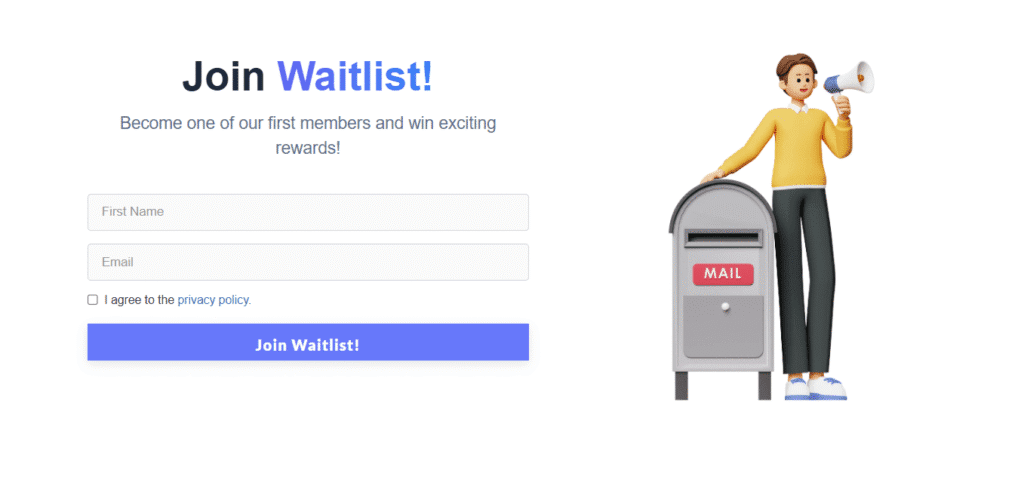
Starting with an AI website builder for a spa involves understanding access methods, early adoption strategies, and onboarding best practices. These factors influence how quickly and smoothly a spa business can establish its online presence with AI-driven tools.
Joining Private Beta Programs
Private beta programs offer early access to cutting-edge AI website builders before public release. Participants typically include small agencies, solo makers, and founders interested in testing minimum viable products (MVPs) and providing valuable feedback.
Joining a private beta often requires an application or an invitation. Users gain access to exclusive features, a limited user base environment, and direct communication with developers. This facilitates quick issue resolution and customization tailored to spa websites.
Engaging in a private beta demands patience and flexibility, as products may have bugs or incomplete functionality. However, this early involvement can position spas to leverage the latest AI capabilities ahead of competitors.
Waitlists and Invitations
Waitlists are common for high-demand AI builders, allowing companies to manage user volume while refining services. Spa owners sign up to join these lists, often submitting basic information about their business and website needs.
Invitations are then sent in waves, prioritizing individuals or groups such as founders or early adopters with demonstrated interest. This controlled rollout helps ensure server stability and user support quality.
Users can improve their chances of early invitation by engaging with the platform’s community, following updates closely, and highlighting how they plan to use AI tools for their spa business. This proactive approach often accelerates access.
Tips for a Successful Onboarding
Successful onboarding hinges on clear objectives and preparation. Spa businesses should collect key content such as service descriptions, images, and client testimonials before starting the AI builder.
It’s essential to familiarize oneself with the platform’s user interface, especially AI customization features like drag-and-drop editors and automated SEO tools. This reduces setup time and boosts final website quality.
Setting realistic goals for the MVP phase will guide feature selection and prioritize essential functionality over additional bells and whistles. Founders and solo makers benefit from focusing on core design elements before expanding.
Lastly, maintaining communication with customer support and utilizing available tutorials ensures faster troubleshooting and smoother website launch. This approach is particularly useful for small agencies managing multiple client sites.
Choosing the Right AI Website Builder for Your Spa
Selecting an AI website builder involves understanding the specific needs of the spa, analyzing the pricing structures clearly, and planning for long-term website upkeep. These factors affect usability, cost efficiency, and sustained performance.
Identifying Your Spa’s Needs
A spa business requires features that support appointment scheduling, service listings, and customer engagement. The website builder should offer easy integration with third-party scheduling tools to streamline bookings. Mobile optimization is critical, as many clients will book services via smartphones.
Customization options must align with the spa’s brand identity, allowing for the use of logos, colors, and personalized content. It is also important to consider SEO-friendly design to enhance online visibility in local searches. Ease of use for non-technical users is another priority to maintain control over updates without relying heavily on external help.
Evaluating Pricing Models
Transparent and clear pricing is essential to avoid unexpected costs. Many AI builders offer free tiers but limit features like domain names or customization. Pay attention to what’s included in monthly or annual plans, such as hosting, security, or expert support.
Comparing subscription models shows variations in storage capacity, bandwidth, and access to premium tools. Some platforms charge extra for third-party integrations or advanced AI features. A cost-benefit analysis should factor in the expected growth of the spa and whether the pricing supports scalability over time.
Long-Term Maintenance Considerations
Long-term use requires ongoing support, regular updates, and security management. Select an AI website builder that provides expert customer support to resolve technical issues quickly and reduce downtime.
Automated backups and update management ensure the website remains current and functional without manual intervention. Hosting performance, including speed and uptime reliability, impacts customer experience and search rankings. The platform should facilitate easy editing and content management to keep promotions, services, and schedules current.
Launch Your App Today
Ready to launch? Skip the tech stress. Describe, Build, Launch in three simple steps.
Build
